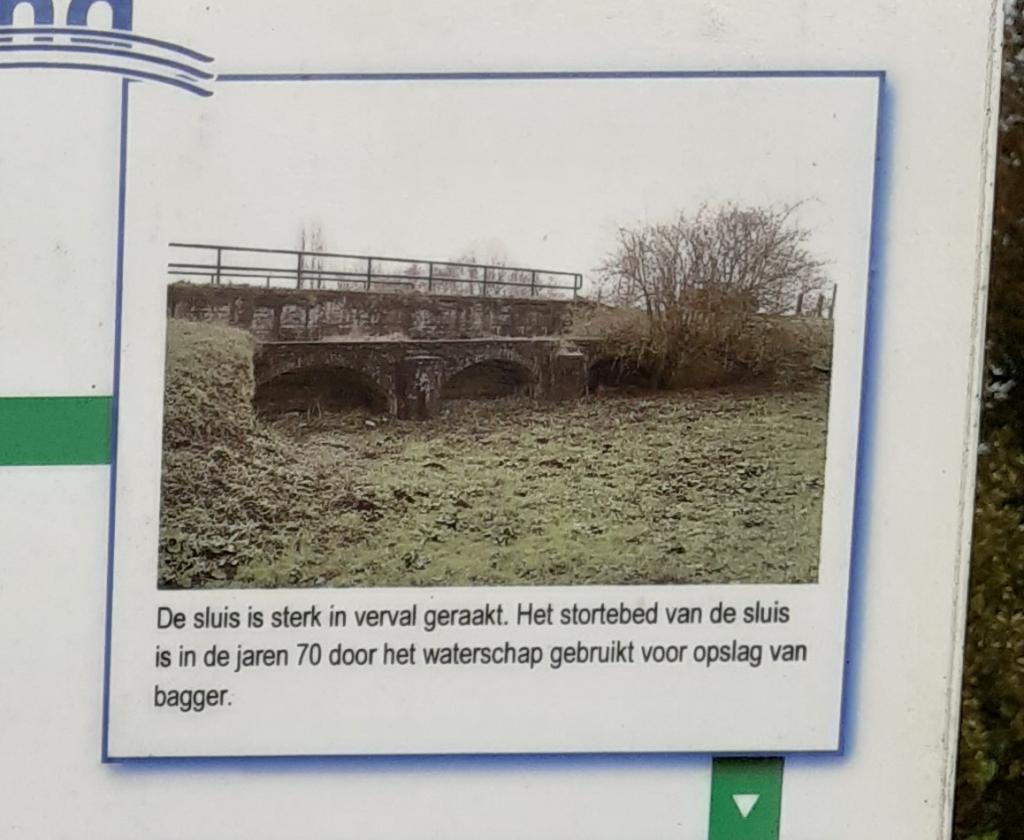Inundation lock south Beemster ring dike
Introduction
This large inundation sluice is located in the southern ring dike between the Fort along Middenweg and the Fort along Nekkerweg (Fort Resort Beemster). Between 1890 and 1891, the sluice was constructed as part of the Defence Line of Amsterdam. The lock is protected as a provincial monument. And as part of the Defence Line of Amsterdam, it has been on UNESCO's World Heritage List since 1996, and as part of the Dutch Waterways since 2021.
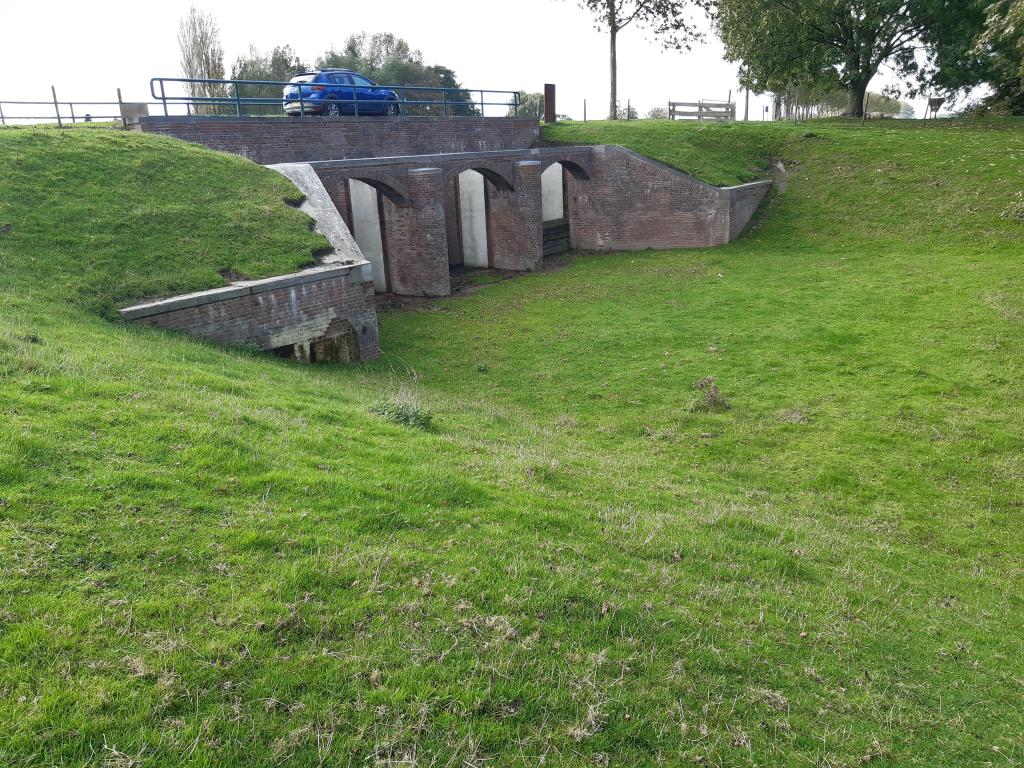
Defence Line of Amsterdam
The Stelling was built between 1881 and 1914 (with additions until 1940) as a defensive line around Amsterdam. The 135 km long line consisted of 46 forts and batteries, as well as dikes, dams and sluices. In front of the forts were ample inundation zones. To 'inundate' is to deliberately flood. Through an ingenious system, in a few days the land outside this circle could be flooded 20 to 30 cm, just too shallow to sail and just too deep for man and horse.
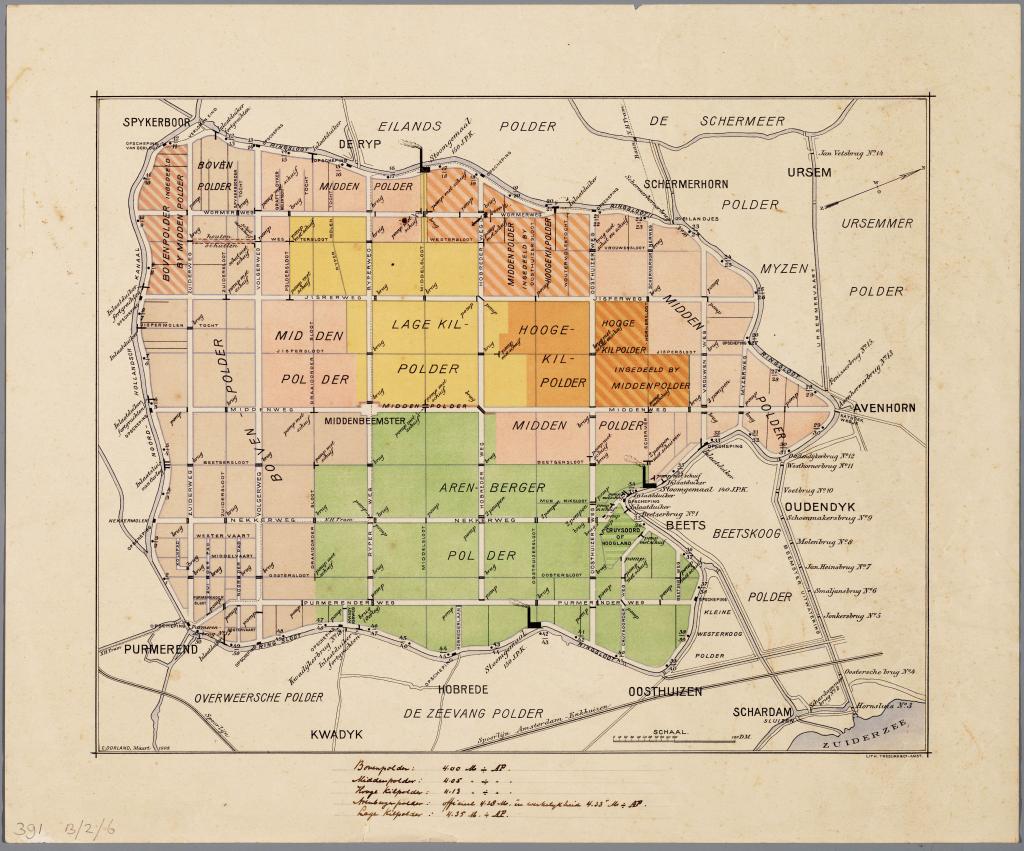
Inundation Lock
The inundation sluice in the ring dike of the Beemster was part of the Stelling. Through this sluice, water from the North Holland Canal could be drawn in at the threat of war to inundate the southern part of the Beemster.
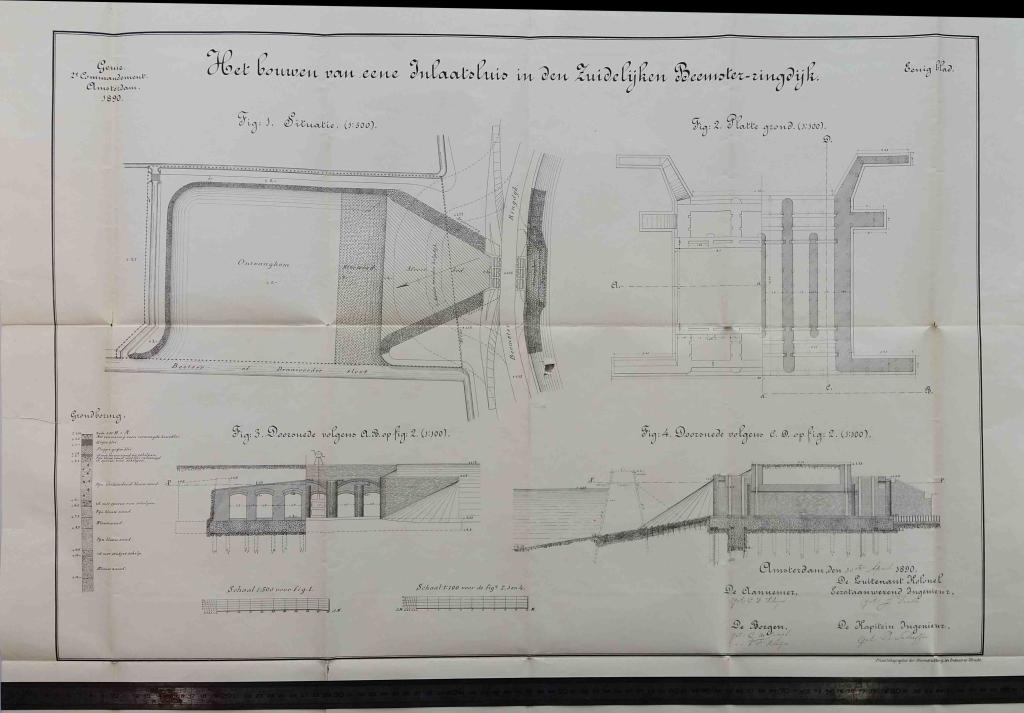
The inundation sluice consists of a sluice section in the dike body and then a bowl section in the Beemster polder. The lock is constructed of masonry, founded on piles and has a concrete floor. There are six tubes about one and a half meters wide.
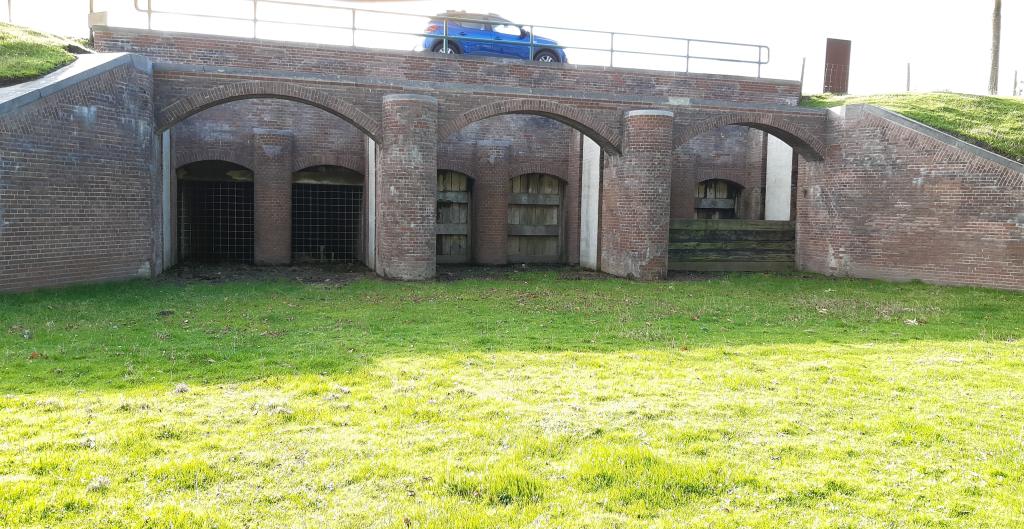
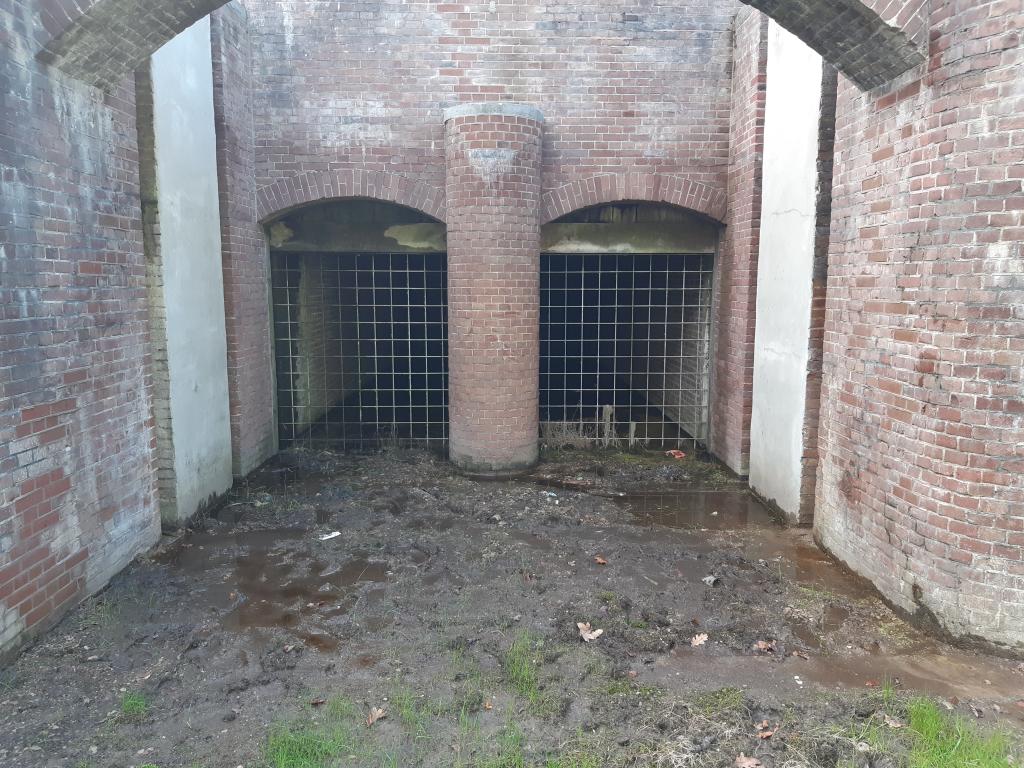
In peacetime, the lock was closed by two bulkheads (with sand between them) composed of stacked bulkhead beams. Once the beams and sand were removed, the lock could be opened by lifting the sliders with the help of windlasses. These have since been removed.
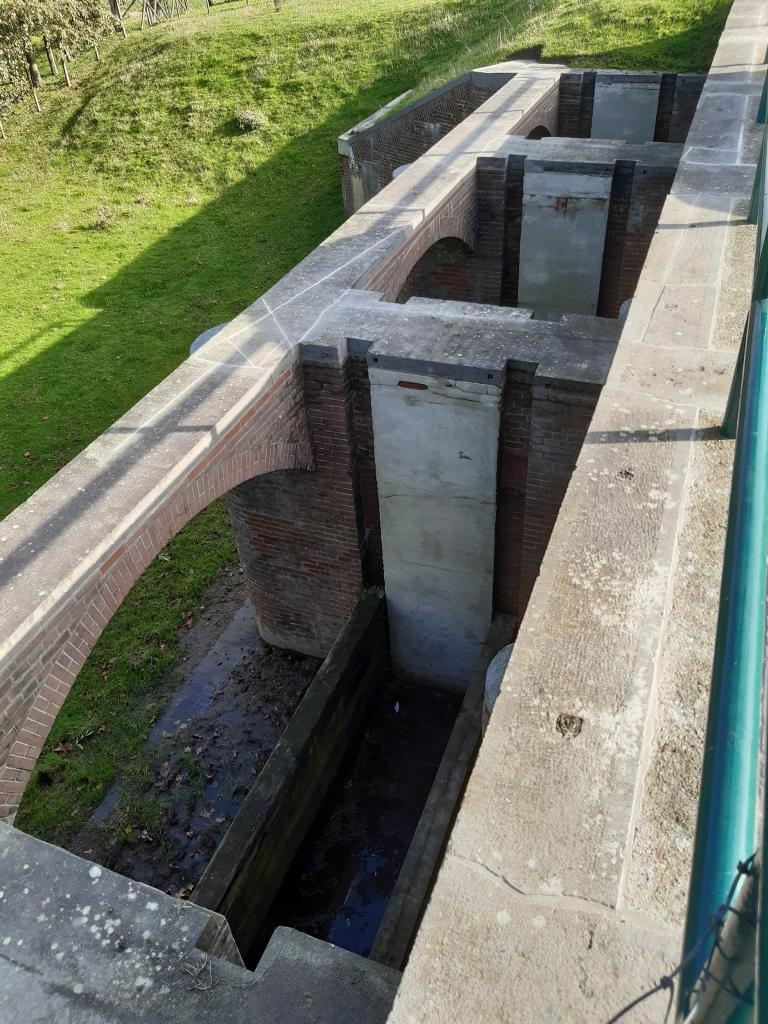
The intention was never to flood the entire Beemster. The villages of Southeast Beemster, Middle Beemster and the entire northern part of the polder were to remain dry. To achieve this, several roads were raised so that they could serve as flood defenses. Bridges could be closed with bulkhead beams. Culverts were closed with a slide. Such a culvert is still present in the Volgerweg.
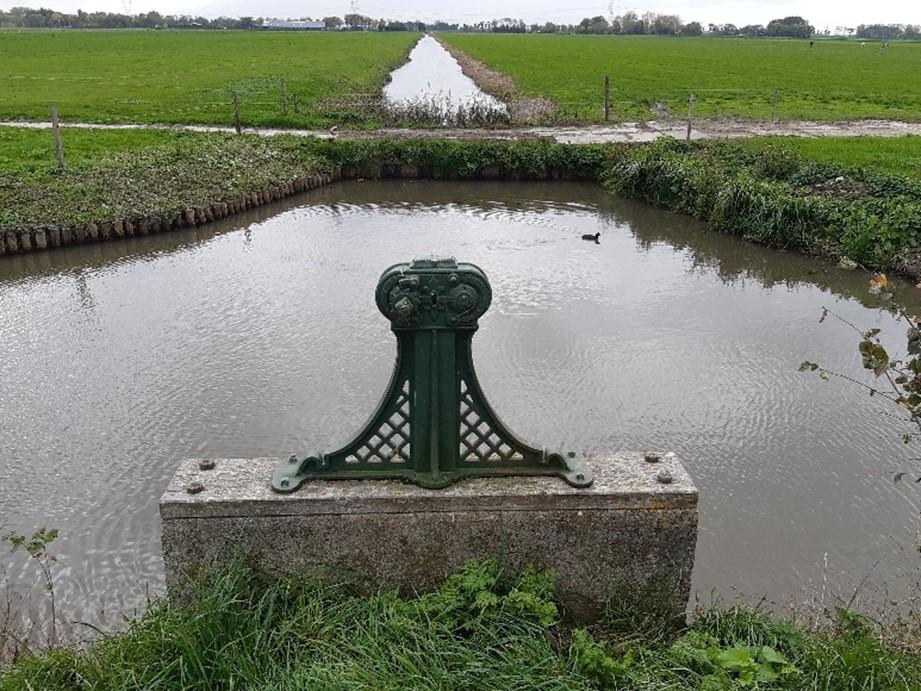
Inundations World War II
Although there was never any fighting in the Stellingelling area, the Beemster was inundated twice. In 1940, Dutch forces opened the inundation sluice to impede the German invasion. After five days of battle, the Netherlands capitulated and the polder could be reclaimed.
The second time the Beemster was flooded was in March 1944. This inundation was ordered by the German occupiers and lasted for over a year. After liberation on May 5, 1945, the pumping stations were immediately turned on again and two weeks later the entire polder was dry. Fruit growers in particular suffered enormous damage because not a single tree had survived the inundation.
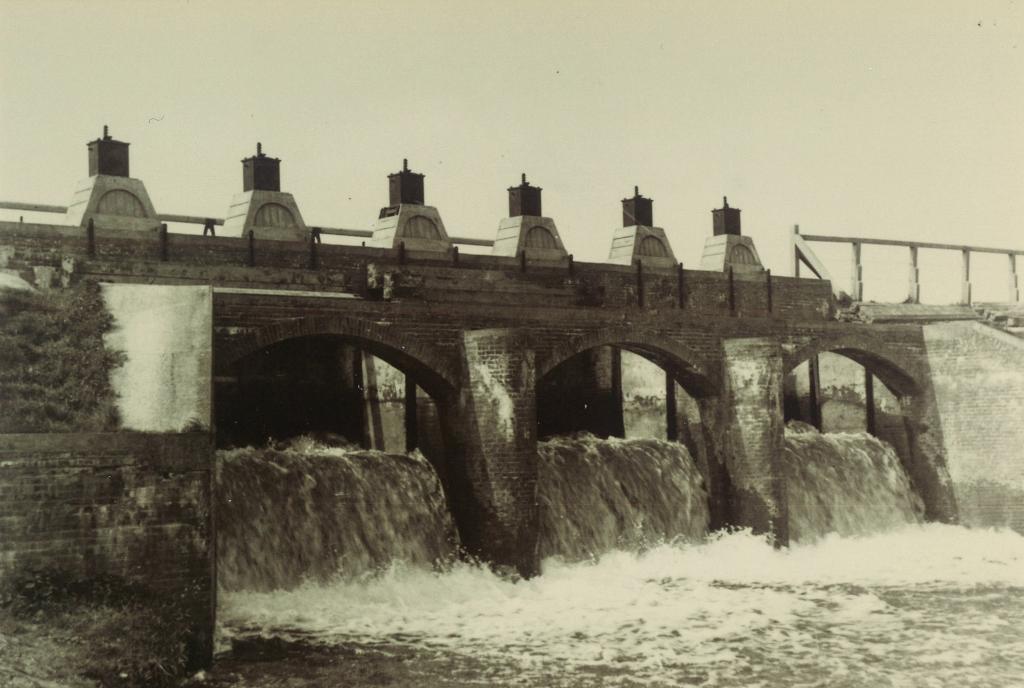
Renovation
Around 1962, the lock was decommissioned and the openings on the canal side were sealed with concrete and the lock passages filled with earth. After that, the lock fell into disrepair. Hoogheemraadschap Hollands Noorderkwartier had the lock renovated in 2005. The work consisted of removing soil from the reception basin directly behind the lock and restoring the masonry, concrete work and natural stone. The Beemster Historical Society awarded this project the HGB Compliment Award in 2007. In 2022, the inundation sluice received another refurbishment: parts of the pointing and masonry were repaired.
